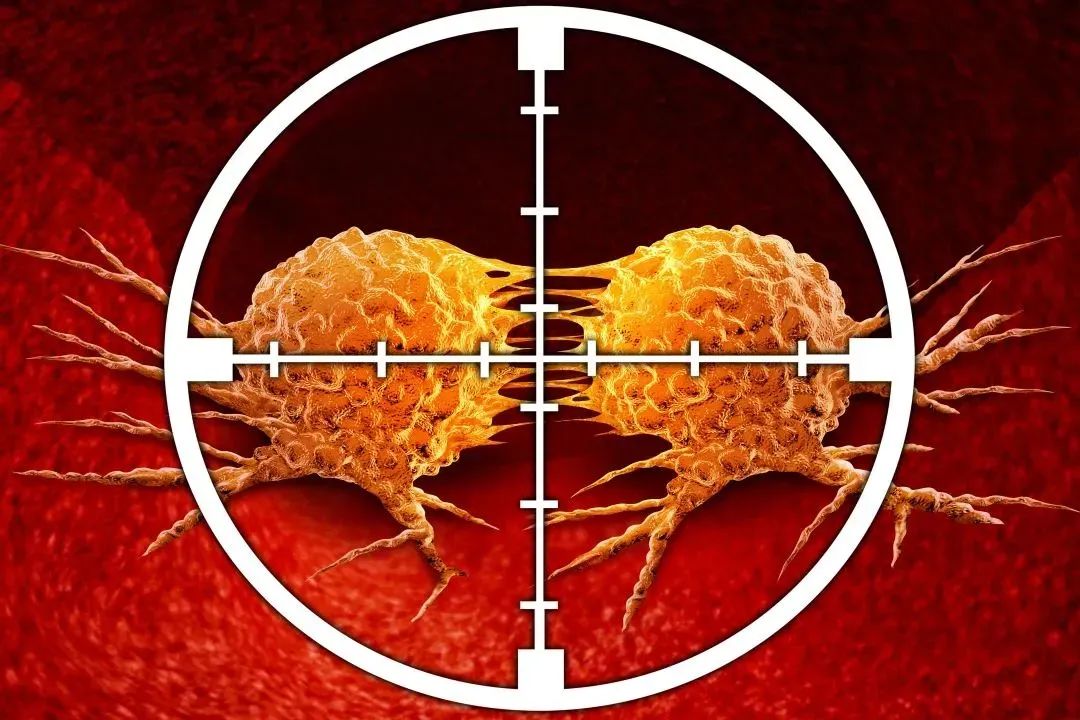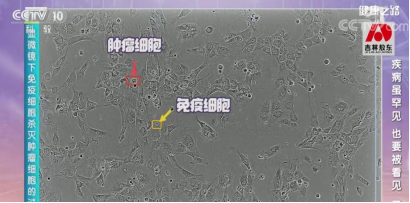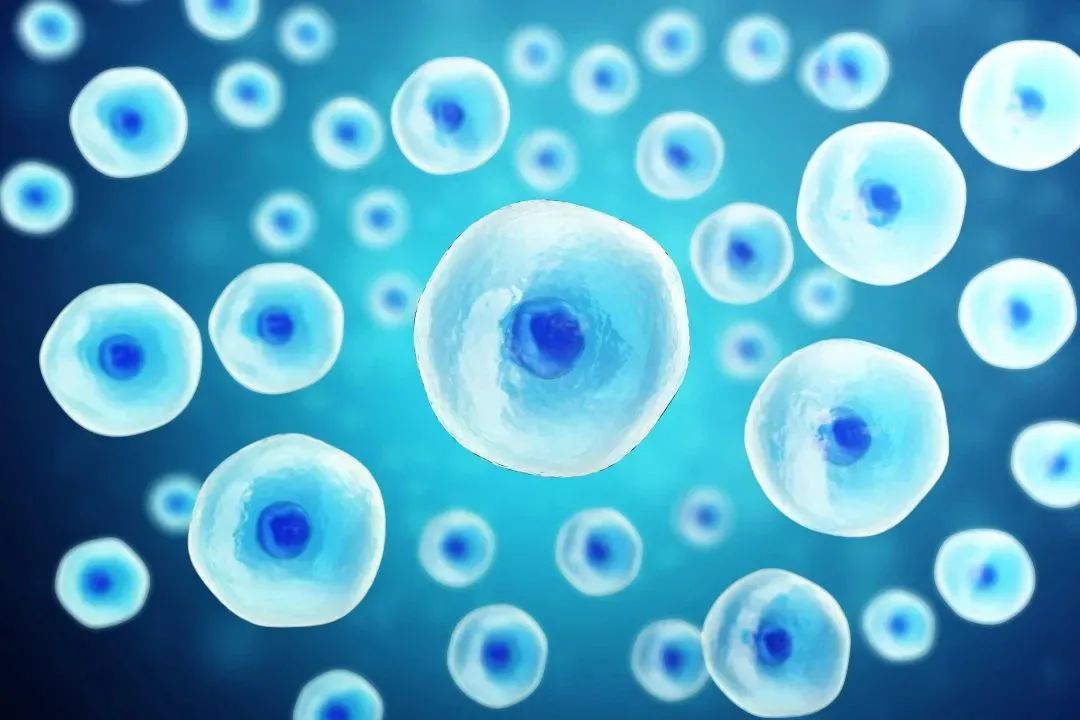A magical way to defeat cancer
With the rapid development of life sciences and medical technology, especially the rapid development of cell engineering, stem cell biology, immunology, molecular technology, tissue engineering technology, etc., human understanding of diseases is constantly deepening, and the treatment model of diseases is also changing, among which cell therapy is becoming more and more mature.
Immune cell therapy technology is one of the most noteworthy emerging treatment methods in recent years. Because of its small side effects and strong efficacy, it is increasingly used in clinical practice. Currently, its application in the field of tumors is more mature and well-known.
Immune cell therapy is a method of collecting immune cells from human peripheral blood, culturing, activating, amplifying or modifying them through genetic engineering technology in vitro, and then returning them to the patient's body to treat certain diseases.

Immune cells are like "superheroes" in our body. They have all kinds of superpowers to fight against the bad guys - cancer cells. In simple terms, immune cell therapy is to make these superheroes stronger and more active. We help them "charge", make their eyes brighter (identify cancer cells), run faster (track cancer cells), and make their fists harder (eliminate cancer cells). In this way, they can patrol the body better, and once they find cancer cells, they will quickly attack and eliminate them one by one. This is the magical way to use our own immune system to defeat cancer.
Nowadays, more and more researchers realize that the destruction of human cellular immune function and the decline of the immune system are important causes of tumor recurrence, spread and metastasis. In addition to conventional tumor treatments such as surgery, radiotherapy and chemotherapy, it can be said that as long as the recurrence and metastasis of tumors can be prevented, the fundamental problem of cancer will be solved.
In the program "Healthy Road" on CCTV Science and Education Channel, a new anti-tumor therapy - immune cell therapy was mentioned. This therapy can effectively remove cancer cells and help patients resume a healthy life.

What immune cells are lacking and what immune cells are supplemented
The immune status of many cancer patients is an important factor related to the occurrence, development, treatment and prognosis of malignant tumors. Many research results have confirmed that the peripheral blood immune cell subtypes of cancer patients are different from those of healthy people in terms of quantity and function, which is mainly manifested in the decrease in the absolute number of NK cells and T cells, and this trend is more obvious when the disease worsens.
Therefore, it is important to test the immune cells of patients and supplement the immune cells that are obviously insufficient in quantity and function, which is of great significance for the treatment and prevention of cancer.

Autologous cells are preferred, and allogeneic cells are considered in special cases
According to the basic theory of transplanted immune cells, allogeneic cells (especially lymphocytes) are immunogenic and will be rejected by the recipient's immune system, so they exist in the recipient's body for a short time.
Therefore, autologous immune cells should be the first choice for immune cell therapy.
Autologous immune cells can effectively fight tumors after in vitro expansion and infusion into the body
In vitro expansion: extract healthy immune cells, expand them in vitro, and then infuse these expanded immune cells back into the patient's body. This method has a good effect in clinical treatment.
Mechanism of immune cell treatment of tumors
1. Activate the immune system
The essence of immune cell therapy is to stimulate the inherent potential of the patient's immune system and make it glow with stronger anti-cancer power. This process not only promotes the surge in immune cell activity and the expansion of their number, but also significantly improves their ability to accurately identify cunning tumor cells. In short, it makes our immune cells stronger, more numerous, and more "intelligent", able to quickly lock and destroy cancer cells in the body, and protect the health of patients.
2. Strong targeting
This therapy can accurately lock and attack specific cancer cells, while remaining gentle to the surrounding normal cells, achieving the effect of "targeted clearance". It cleverly uses the unique molecular markers on the surface of tumors as "navigation beacons" for immune cells to guide and activate the immune army such as lymphocytes in the body, accurately identify and encircle these marked cancer cells. This process is both efficient and safe, effectively avoiding the extensive cell damage that may be caused by traditional therapies, and opening up a more accurate and gentle new approach for cancer treatment.
3. Strong persistence
When the immune system is successfully activated, it becomes a tireless guardian, continuously attacking cancer cells, effectively curbing their recurrence and metastasis. The key to this process is that the memory function of the immune system has been significantly enhanced, allowing those trained immune cells that know cancer cells well to stay in the body for a long time, forming an indestructible line of defense. They are like patrolling sentinels, always monitoring every corner of the body. Once any potential tumor cells are found, they will take immediate action to completely eliminate them, thus bringing long-term health protection to patients.
4. Regulate the immune system
Immune cell therapy can also regulate the function of the immune system, affecting the type of adaptive immune response by secreting a variety of cytokines, and regulating the function of other immune cells.
END
Herun Bio-Cell Laboratory is a laboratory built in strict accordance with international standards and is specially used for life science or biological experiments such as studying cell structure and function, mainly including cell manipulation, cell culture, cell separation, cell detection, etc.






